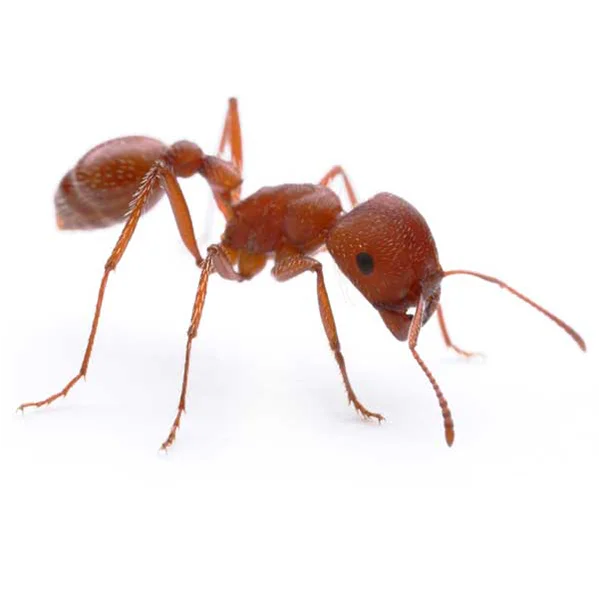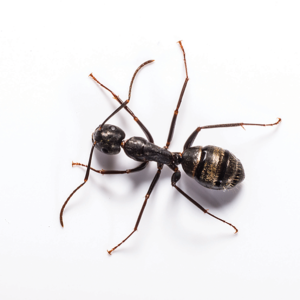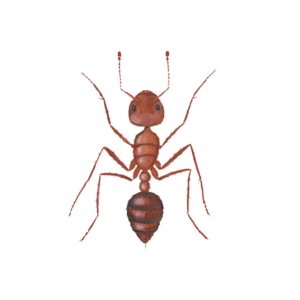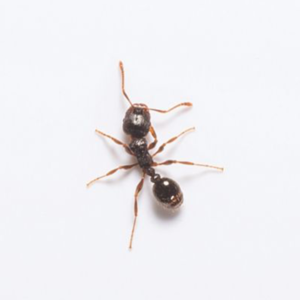Harvester Ants in San Angelo
Harvester ants, also called “red ants,” are well-known for collecting seeds and giving painful stings. As their name suggests, these ants gather seeds, with grass seeds being their main food source. You can easily recognize harvester ants due to their large size and the unique mounds they build in open grasslands and deserts around San Angelo. Using their powerful jaws, they grind seeds and store them in special areas called ‘granaries’ within their nests. Harvester ants have a sting that causes discomfort and can harm lawns and plants while searching for food.
Harvester Ant Habitat
Harvester ants usually build their nests in uncovered sandy soil and may have up to 10 entrances. These mound-shaped nests are of medium to large size and are commonly seen in dry grasslands, lawns, and playgrounds. They create circular clearings around their nests by removing vegetation, which can lead to soil erosion. Although they mainly prefer outdoor environments and don’t typically invade homes or buildings, they sometimes establish nests in lawns and gardens near houses, causing damage to vegetation. Harvester ants engage in swarming to reproduce, and this swarming activity usually occurs between June and October, particularly in the afternoon following rain events.
Harvester Ant Behaviors, Threats, or Dangers
Harvester ants are not known for invading homes, but they can sometimes become pests in lawns and playgrounds, posing a risk of stinging people. Their stings are well-known and distinct from those of other ants because harvester ants leave their stinger in the wound. Experts say that these ants readily attack humans and smaller animals. Some people have experienced anaphylactic reactions from harvester ant stings. If you suspect a harvester ant infestation, it is advisable to seek professional assistance from a licensed ant exterminator.




